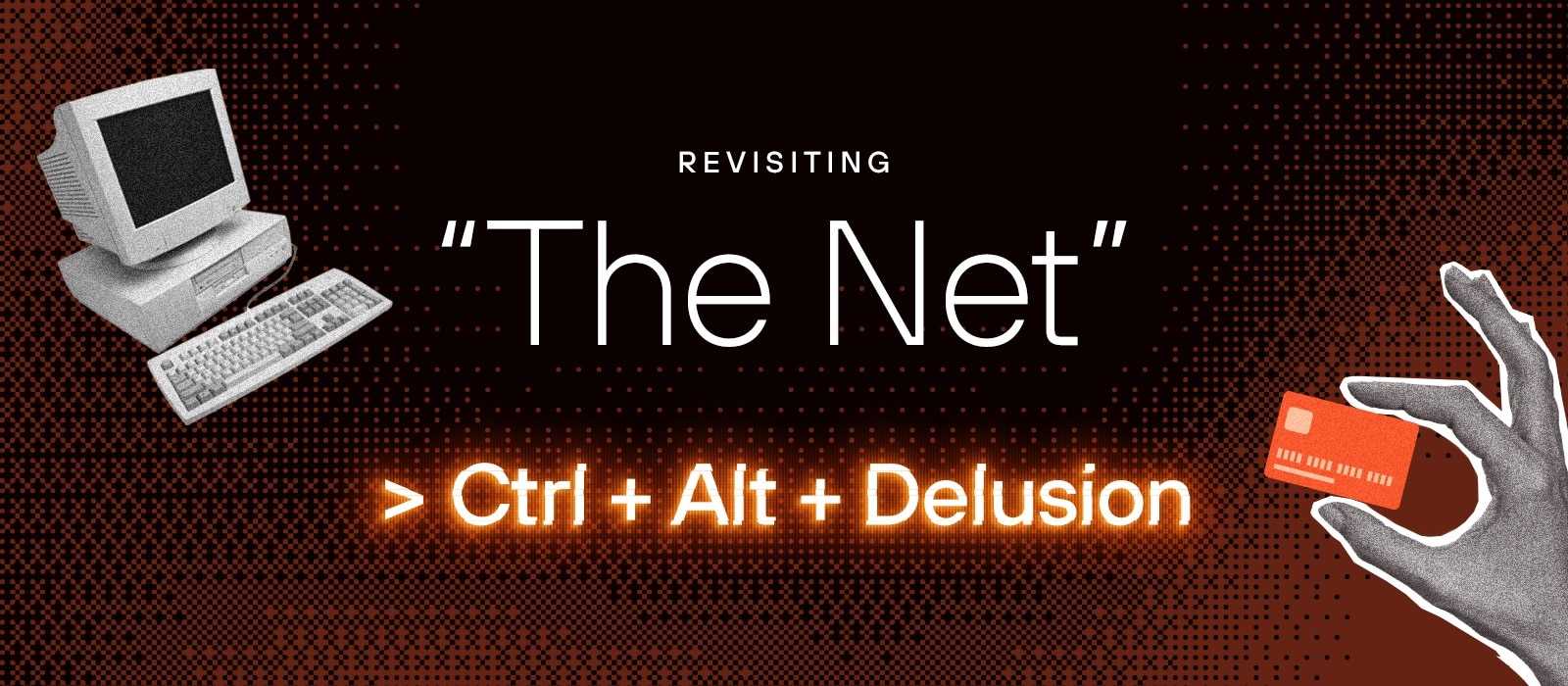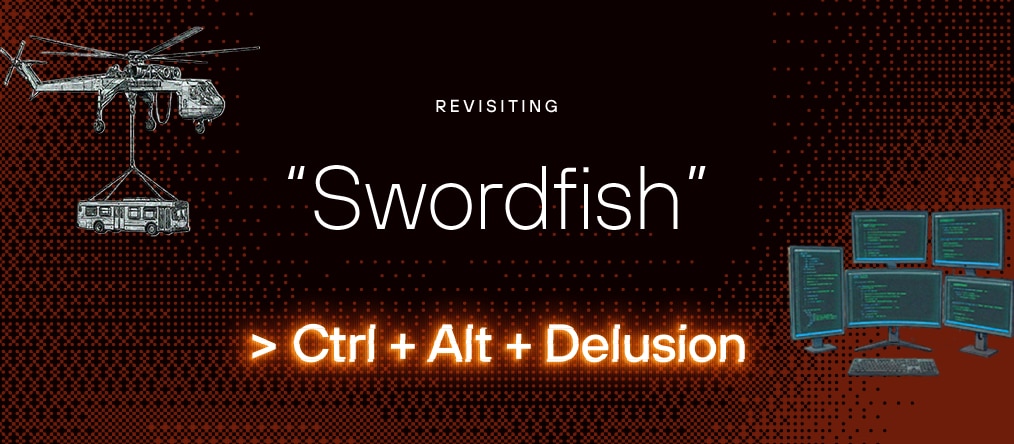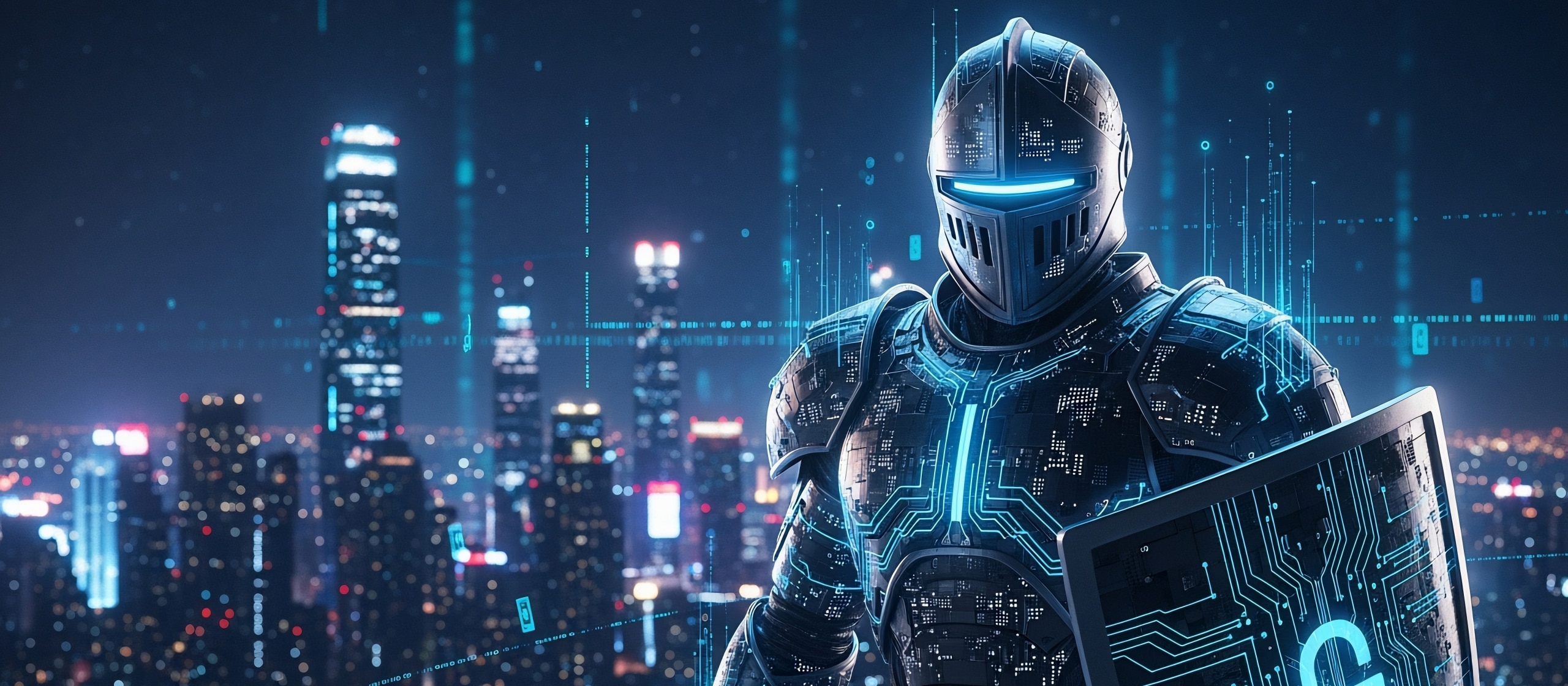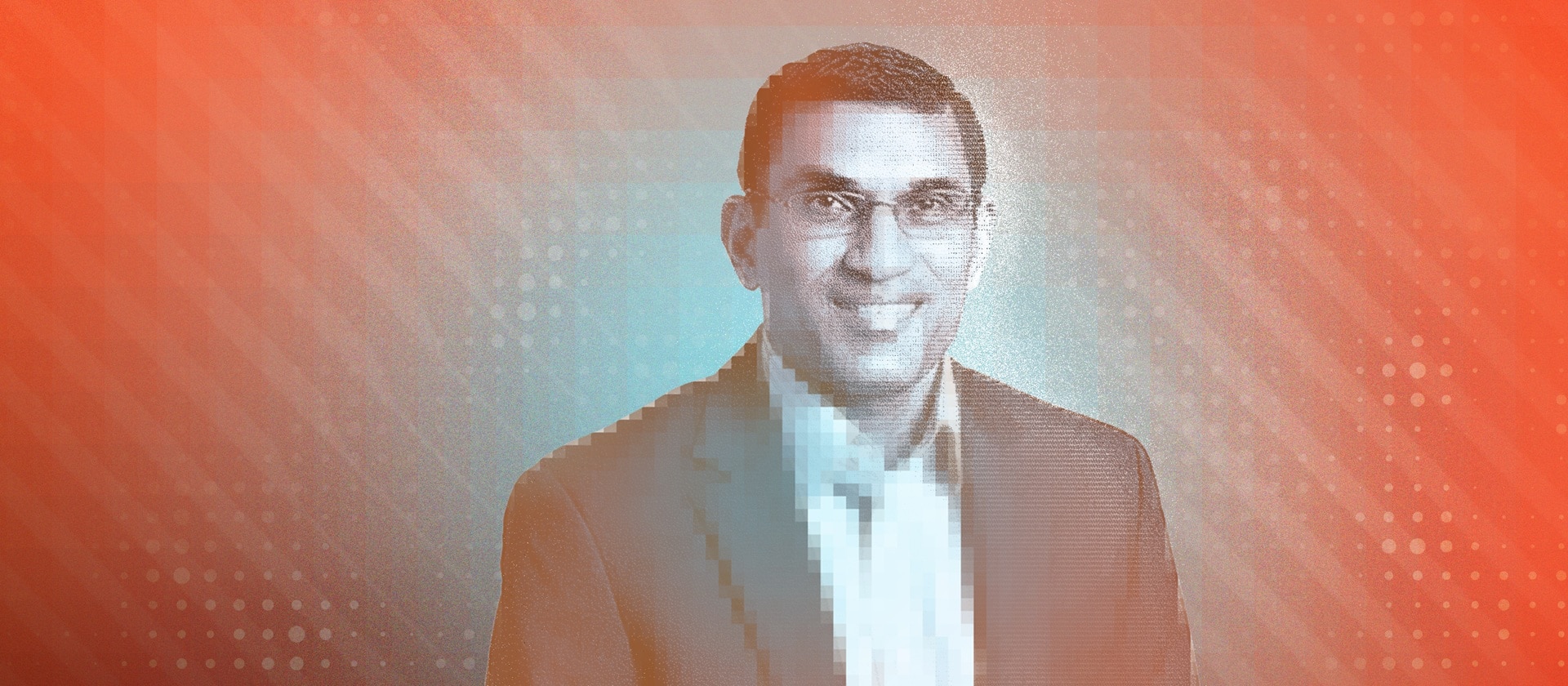It’s 1995 and America is still in the midst of booting up. The sound of dial-up modems is becoming a household melody, Windows 95 is fresh out of the box, and Sandra Bullock has just become the face of digital paranoia in “The Net” from Columbia Pictures.” Released as a techno-thriller disguised as a warning label, the film follows Angela Bennett, a lonely systems analyst whose entire life is wiped clean by a few keystrokes and a particularly malicious floppy disk.
The movie arrived at a cultural inflection point. While the public didn’t fully understand what it meant to “be online” (anybody seen “You’ve Got Mail?”), they were, however, beginning to sense what it meant to be exposed. Three decades later, “The Net” reads less like speculative fiction and more like a distorted mirror of the cybersecurity landscape we now inhabit.
As “The Net” celebrates its 30th anniversary in the annals of cinema history, I decided to revisit this slice of Americana not with popcorn in hand, but with an audit plan in mind. I asked myself, what did the movie get right? What did it miss? And how close are we, and the global ecosystem of cybersecurity, to Angela Bennett’s unraveling?
Identity Theft in High Definition
The movie’s conceit relies on a nightmare scenario that feels all too familiar in 2025: Angela returns from vacation to discover her identity has been overwritten. Her passport is invalid, her Social Security number reassigned, her home sold, and her existence erased. She has been transformed seemingly by a few keystrokes into “Ruth Marx.”
What seemed like cinematic melodrama in 1995 now lands with chilling plausibility. Investigations from Unit 42®, for example, show attackers routinely manipulate automated identity systems using SIM swaps, credential leaks, and deepfakes. The modern attack, however, is rarely as dramatic as Angela Bennett’s ordeal. In a 2023 case, for instance, attackers simply used compromised HR records to silently reroute employee paychecks across five enterprises. The takeover was precise, quiet, and fully automated. Unlike Angela, today’s victims often don’t realize they’ve been digitally erased until long after the damage is done.
The Gatekeeper Mythos and Real Supply Chain Mayhem
Another one of the film’s most iconic plot devices is a program called “The Gatekeeper,” a security tool laced with a hidden backdoor that opens access to government networks, financial institutions, and air traffic systems. Angela stumbles upon it via a mysterious icon buried within an innocuous-looking program called “Mozart’s Ghost.” Though rendered with all the visual subtlety of a ’90s GUI, the concept remains chillingly resonant. Modern equivalents — such as the SolarWinds compromise or the exploitation of Log4j — have shown how a single piece of software, if trusted and broadly integrated, can cascade access across multiple environments. Supply chain compromises are no longer theoretical; they are among the most dangerous threats facing organizations today.
In another sequence, a Cessna crashes after a system is tampered with using “The Gatekeeper’s” backdoor — an exaggerated moment, but not wholly absurd. Real-world incidents like the Colonial Pipeline attack or ransomware infiltrating a healthcare provider prove that the blurring of digital and physical risk is very much part of the modern threat landscape. Operational technology, once considered air-gapped and isolated, is now just another node in the attacker’s map. This convergence of digital and physical threats is why modern cybersecurity strategy now demands a unified approach to protecting both OT and IT environments, recognizing that the consequences of a breach extend far beyond data loss.
Erased Without a Trace? Sort of…
Still, for all its foresight, the film leans heavily into melodrama. Angela is entirely erased without a trace, with no friends or colleagues to vouch for her, no visible footprint left behind. In an era where every transaction, text, and timestamp is logged somewhere, the notion of vanishing completely is, at best, a stretch, and at worst, implausible. Yet the underlying fear — the erosion of truth in the face of manipulated data — remains relevant. Unit 42 has reported extensively on the weaponization of synthetic identities, disinformation campaigns and the way attackers exploit systems of record as systems of control.
Magic Keystrokes vs. Modern Visibility
Perhaps the most unintentionally comic moment comes when Angela unlocks a buried function in a program by pressing “Ctrl + Shift.” The keyboard combination reveals a secret network within the U.S. infrastructure. In reality, attackers don’t need cinematic flourish. They find misconfigured APIs, exposed cloud buckets, and orphaned SaaS accounts. Cortex XSIAM® research has cataloged thousands of unmonitored digital assets left outside traditional security perimeters. It’s the invisibility of exposure that hides the danger, not the interface. In modern environments, missing telemetry — not magic keystrokes — is often the greatest risk.
I can confidently say “The Net” succeeds most in its emotional resonance rather than its technical accuracy. Perhaps that was intentional, or perhaps not. But the film captured something essential about the internet era before we had the language to describe it — a sense that our lives were being uploaded faster than we could secure them. The fear that a keystroke could become a weapon was prophetic. And 30 years later, that fear hasn’t subsided. It has evolved.
What the movie misses — understandably, given its era — is the architecture of modern cybersecurity. Angela’s world is built on implicit trust: Once you’re in, you’re in. There’s no concept of least privilege or identity segmentation. Today, Zero Trust architectures reject that model entirely. Access is no longer binary but rather a continuously re-evaluated condition. Angela’s digital ghost would have triggered multiple red flags in a system with modern behavioral analytics and access controls.
The movie also ignores the sheer sprawl of today’s infrastructure. In “The Net,” there is no cloud, no mobile endpoints, no SaaS applications, and no third-party integrations. Our State of Cloud-Native Security Report shows most cloud breaches today stem from misconfigurations, unmanaged assets, and a lack of runtime visibility, not from malware. Angela’s floppy disk is quaint compared to the reality of multicloud misalignment and API sprawl.
And then there is the matter of artificial intelligence. In “The Net,” every line of code is written by hand, and every attack is engineered by a human. Today, in 2025, attackers increasingly rely on automation, machine learning, and generative AI to both craft code and manipulate reality. Unit 42 tracks how large language models are used to write polymorphic malware, craft convincing spear phishing lures, and jailbreak themselves to produce restricted content. In the movie, Angela was hunted by a man with a silencer and a speedboat. Today, she’d be stalked by an algorithm capable of mimicking her voice, replicating her typing cadence, and generating synthetic video footage of her committing a crime she didn’t even know she was framed for.
What If “The Net” Were Remade Today?
Well, to start, Angela wouldn’t need a floppy disk. She’d be bouncing between federated ID systems, chasing down rogue admin tokens, and dodging deepfakes that look suspiciously like her ordering ten bitcoin transfers. “The Gatekeeper” wouldn’t be hidden behind a keystroke; it would be a quietly overprovisioned API buried three integrations deep. Jack Devlin wouldn’t seduce her at the beach. He’d phish her with a “security alert” email from a convincing fake IT desk.
Her adversaries, “The Praetorians,” would be shadowy attackers from a state-sponsored advanced persistent threat group, relying on a vast network of compromised cloud accounts for their attack. And, to prove her innocence, Angela wouldn’t be looking for a single open terminal at a trade show. Now, she might have to navigate the dark web to securely leak data to a journalist or use her knowledge of security architecture to find immutable logs proving the manipulation, but that’s an entirely different story.
What is certain, though, is that today, Angela wouldn’t log on to the Net; the Net would log on to her. Undoubtedly, she would be subtly surveilled and carefully tracked until the security structures around her crumbled.
From Thriller to Threat Model
To its credit, “The Net” raised awareness of digital risk long before cybersecurity became cocktail party conversation. It wasn’t the technical details the movie got right. It was the emotional undercurrent — that creeping fear that you could lose your identity, your history, and your reality, all without ever seeing the person who unplugged you.
Thirty years later, cybersecurity teams are still fighting that same fear — just with faster adversaries, bigger networks, and higher stakes. The threats have evolved and so have we.
At Palo Alto Networks, our job isn’t just to stop the malware or close the misconfiguration. It’s to make sure no one wakes up one morning to find the world no longer remembers them. No missing person poster. No breadcrumb trail. No second chance.
Because in 2025, the real thriller isn’t on screen. It’s on the network.
And while the identity theft depicted in “The Net” might seem like Hollywood fantasy, modern threats are all too real.
Curious what else is new? Watch how one major financial institution fought back.







